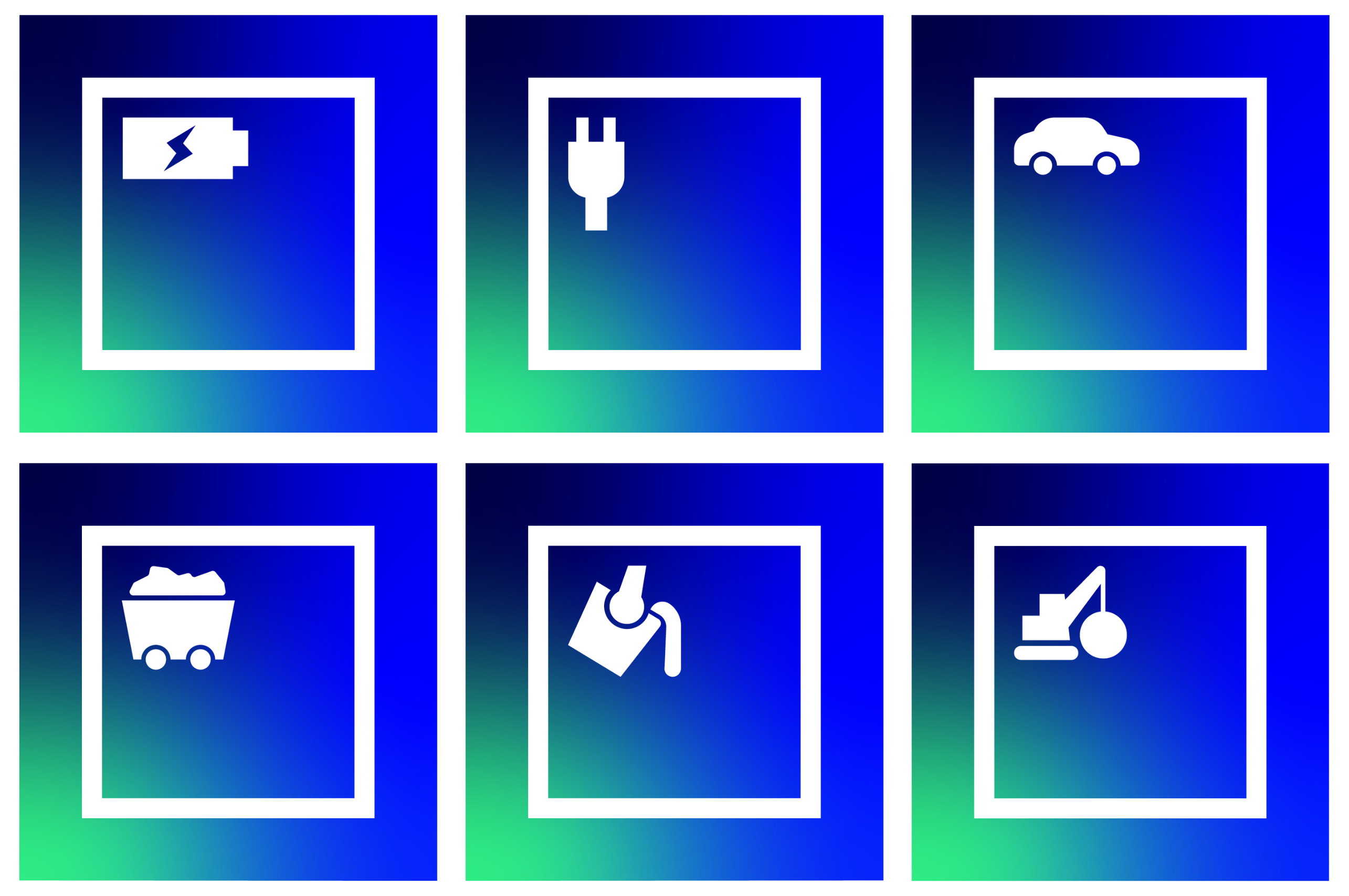Project Aim
FutuRaM will develop the Secondary Raw Materials knowledge base on the availability and recoverability of secondary raw materials (2RMs) within the European Union (EU), with a special focus on critical raw materials (CRMs). The project research will enable fact-based decision making for the recovery and use of 2RMs within and outside the EU, and disseminate the data generated via an accessible knowledge base developed in the project.

The Scope

FutuRaM will establish a methodology, reporting structure, and guidance to improve the raw materials knowledge base up to 2050. It will integrate 2RM and CRM data to model their current stocks and flows, and consider economic, technological, geopolitical, regulatory, social and environmental factors to further develop, demonstrate and align 2RM recovery projects with the United Nations Framework Classification for Resources (UNFC), a tool that enables a better understanding of the viability of raw material projects. This will enable the commercial exploitation of 2RMs and CRMs by manufacturers, recyclers, and investors, and the knowledge base developed in the project will support policy makers and governmental authorities.
FutuRaM will focus on six waste streams: batteries; electrical and electronic equipment; vehicles; mining; slags and ashes; and construction and demolition. These waste streams represent an important source of CRMs. For instance, in the manufacture of current electrical and electronic equipment, vehicles and batteries, 60% of global demand for gallium comes from optoelectronics and integrated circuits, 56% of indium from flat panel displays, 36% of tantalum from capacitors, 46% of cobalt, 32% of lithium and 8% of nickel from batteries, and 30% of rare earth elements from magnets.
The project will be delivered by a consortium of 28 partners from 11 countries across Europe. Leading universities and research institutes will combine their expertise with industry and industry associations to implement FutuRaM, working closely with the European Commission and other relevant policy makers.

Meet Our Partners






